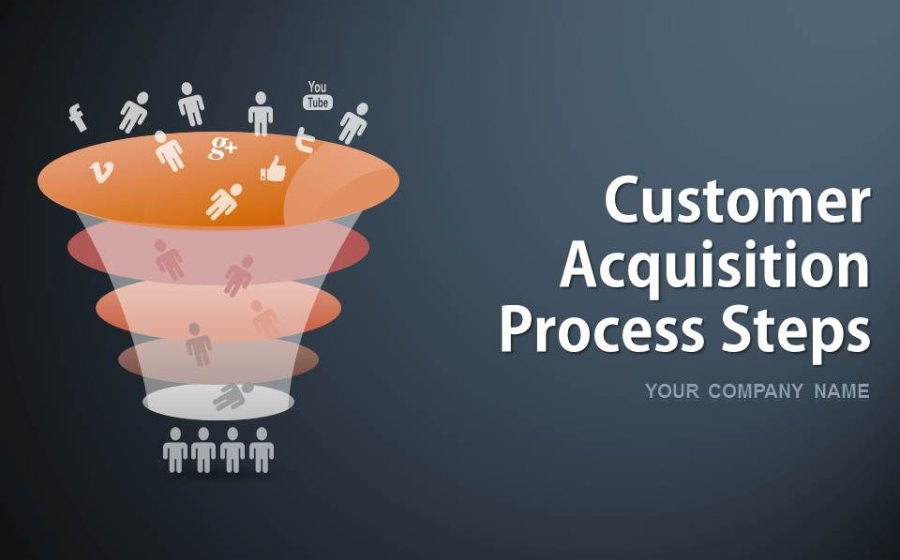The acquisition process can be a time-consuming and complex endeavor. Companies must navigate a variety of legal, financial, and strategic considerations to successfully acquire another business. However, recent advances in technology have made it easier than ever to streamline the acquisition process and increase the likelihood of a successful outcome.
Here are some ways that companies can leverage technology to simplify and streamline the acquisition process:
Conducting Due Diligence
Due diligence is a critical component of the acquisition process, allowing companies to thoroughly investigate the financial and legal aspects of a potential acquisition. However, conducting due diligence can be a time-consuming and labor-intensive process. By leveraging technology, companies can streamline due diligence and reduce the time and resources required.
For example, using software tools that automate the collection and analysis of financial data can significantly speed up the due diligence process. Tools such as automated financial analysis software can quickly analyze financial statements and identify any discrepancies or issues that require further investigation.
Managing Data and Documents
Acquiring another company requires the management of a large amount of data and documents. This includes financial statements, legal agreements, and other sensitive information. Managing these documents manually can be a daunting task, but technology can simplify the process.
Using cloud-based storage solutions, such as Google Drive or Dropbox, allows companies to store and manage all acquisition-related documents in a single location. This makes it easy for team members to access and collaborate on documents from anywhere in the world, streamlining the acquisition process.
Communicating and Collaborating
Acquiring another company requires close collaboration between multiple teams, including finance, legal, and operations. However, traditional methods of communication, such as email or phone calls, can be inefficient and time-consuming. By leveraging technology, companies can streamline communication and collaboration.
Using project management tools, such as Asana or Trello, allows teams to collaborate on tasks, track progress, and communicate in real-time. This ensures that all team members are on the same page and reduces the risk of miscommunication or misunderstandings.
Analyzing Market and Industry Trends
To make informed acquisition decisions, companies must have a deep understanding of market and industry trends. Traditional methods of market research can be time-consuming and expensive, but technology can simplify the process.
Using big data analytics tools, such as Tableau or Google Analytics, companies can quickly analyze market and industry trends and identify potential acquisition targets. These tools can also help companies understand the competitive landscape and make informed decisions about the viability of a potential acquisition.
To wrap things up, leveraging technology can significantly streamline the acquisition process, reduce costs, and increase the likelihood of a successful outcome. By using software tools to automate due diligence, managing data and documents, communicating and collaborating, and analyzing market and industry trends, companies can make informed acquisition decisions and successfully integrate new businesses into their operations.



